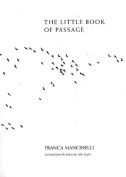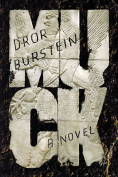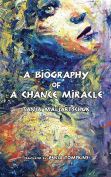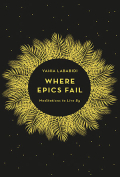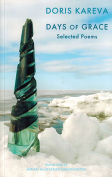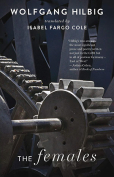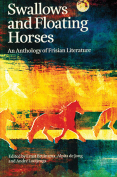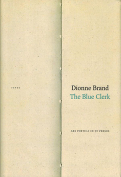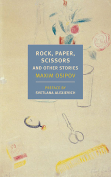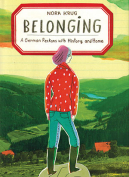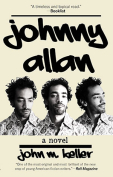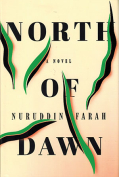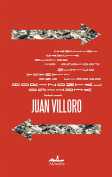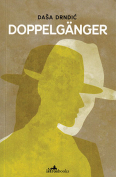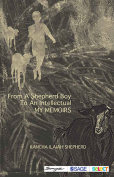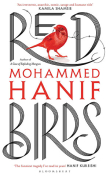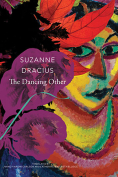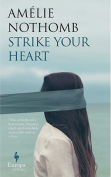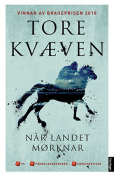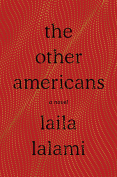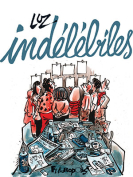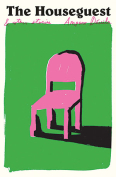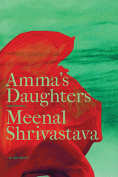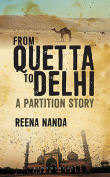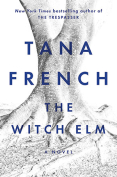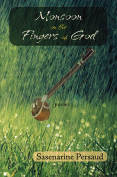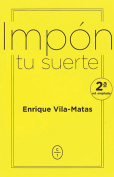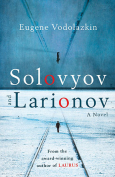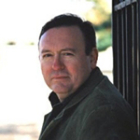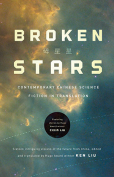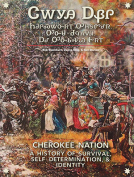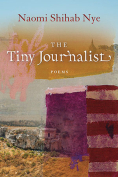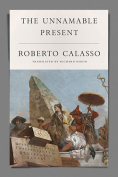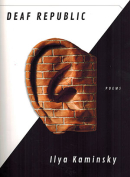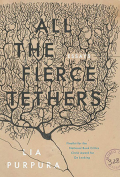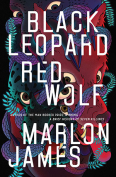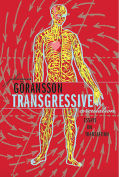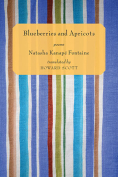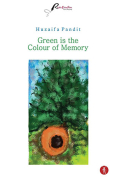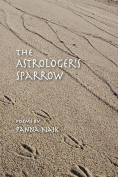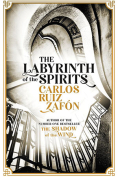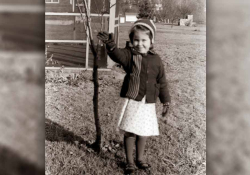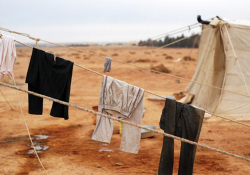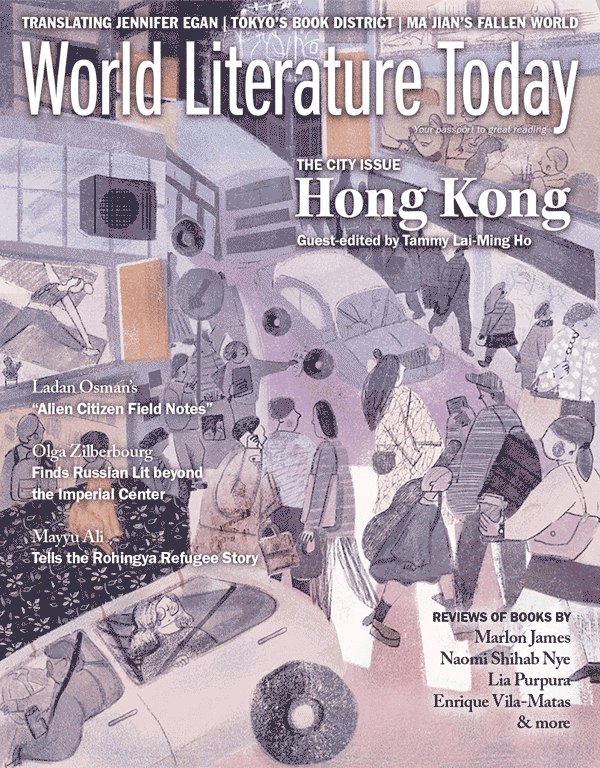The Tiny Journalist by Naomi Shihab Nye
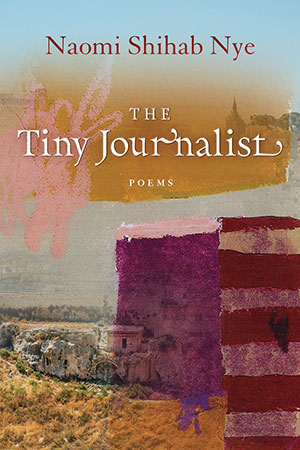 Rochester, New York. BOA Editions. 2019. 128 pages.
Rochester, New York. BOA Editions. 2019. 128 pages.
Whether a product of the twenty-four-hour news cycle or an ancient survival mechanism, it is exceedingly easy for us to cordon ourselves off from the suffering of others. Before reading The Tiny Journalist, I was thoroughly cordoned off from the Israeli-Palestinian conflict; such a complicated issue, so burdened by history and belief, where to even start? While Naomi Shihab Nye’s newest book of poetry offers no easy answers, its questions push well beyond the margin of the pages. What happens when we’re reminded not just of human rights injustices but of the quotidian moments in the lives of those affected? Reminded that they too live in this very modern world, with wants and needs as expansive and equally as simple as our own?
The daughter of a Palestinian immigrant to the US, Shihab Nye transports readers to a world in which she must often live, where the daily realities of Palestine and the US are nestled intimately close together. The beginning of “Separation Wall” could easily be a call to action in either place: “When the milk is sour, / it separates. // The next time you stop speaking, / ask yourself why you were born.”
Bringing what is as concrete, known, and essential as milk into the harsh language of resistance, the lines compel us to recognize the privilege of silence afforded by distance. Startled spaces like this created between the poems and the world continue to echo for me; a volley of fresh, visual metaphors spoken on behalf of those who have often been most powerless in the face of violence.
Janna Jihad Ayyad—a self-proclaimed journalist at the age of seven and a child of Palestine—is both the book’s namesake and its “unburdened alphabet.” Throughout the work, and often through Janna’s own words, Shihab Nye exalts the wisdom and uncluttered hope of children and of imagination. In “Dead Sea”—a poem that manages to hold within it everything the surrounding poems aim to reach in their orbit—it is just such magic that offers to save the speaker from her own cynicism, a spring that “had secrets and knew where jewels were, / in a house nobody lived in, and only children / would ever find the key.”
Fearless in the face of unrelenting power, the poems are at once tactile and enraged, refusing to acknowledge anyone’s ability to constrain language. In “38 Billion,” the speaker harnesses the simplicity of a list to highlight what US dollars could buy instead of weapons. Reading each benign item—“Eggs . . . Ribbons . . . Really Soft Pillows. . .”—we are reminded of the absolute brutality of the alternative.
With very few exceptions, the poems in the book are deeply powerful both on their own and in their connections to one another. In “Losing as Its Own Flower,” the natural imagery assigned to hope as well as that assigned to suffering reminds us of the steadfastness of both: “Truth unfolds in the gardens, / massive cabbages, succulent tomatoes, / orange petals billowing, / even when the drought is long. . . . / In a way, we did lose. Where is everybody? / Scattered around the world like pollen.”
This book has been for me a difficult and necessary starting point; a chance to repopulate the Palestine that I have been continually fed with living, breathing, and profoundly hopeful human beings. No matter what your beliefs, no matter where you stand on this conflict, no one can argue that that is a bad thing.
Bailey Hoffner
University of Oklahoma
